
Reinterpreting Philippine Architecture: Manny Miñana on Abstracting Filipino Design in Contemporary Setting
Tropical, Indigenous, and Aspirational—three qualities that represent Filipino Architecture today according to Emmanuel “Manny” A. Miñana, Principal Architect of EAMiñana Architects (EAMA). Miñana is one of the leading advocates of contemporary Philippine Architecture who has a deep affection for Filipino culture.
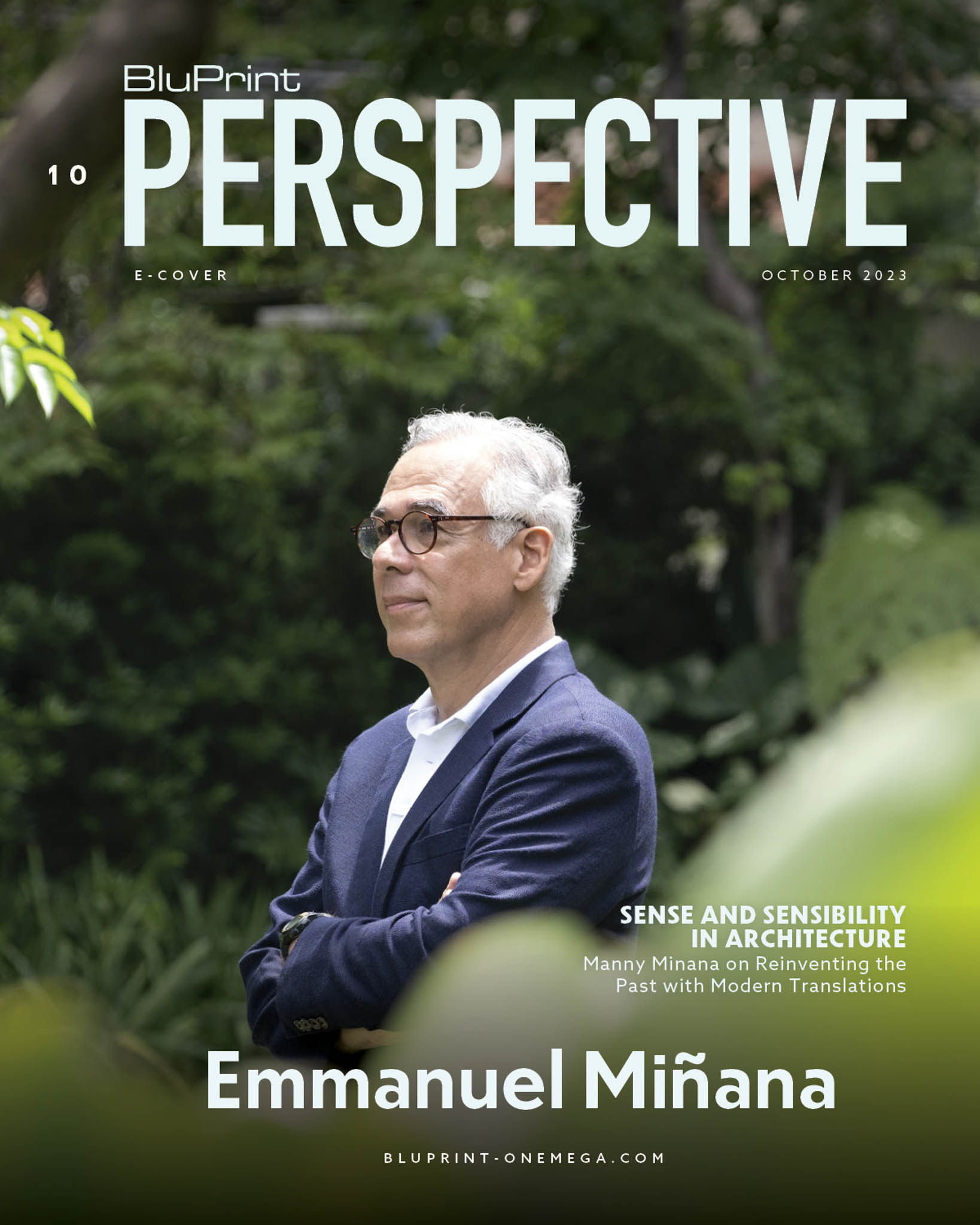
Miñana’s residential projects are distinctly modern tropical with a touch of familiarity. His approach to Filipino architecture is not quite literal nor nostalgic. He is more interested in abstracting familiar forms from the vernacular which aim to reinvent our past with modern translations of simplicity, context, elegance, and comfort.
Reinterpreting Philippine Architecture For The Future
Connecting with nature is a vital aspect of Miñana’s designs. “I feel privileged to be able to design where one valued partner is nature and the other, my valued clients,” shares Miñana. To him, understanding the natural environment of the site allows architects to come up with a design that is comfortable and grounded, addressing the users’ needs regardless of the project’s size.
In the Philippine setting, climate plays a huge role when designing a Filipino home. “Philippine architecture is tropical. It can’t be Filipino if it is not tropical,” Miñana emphasizes.
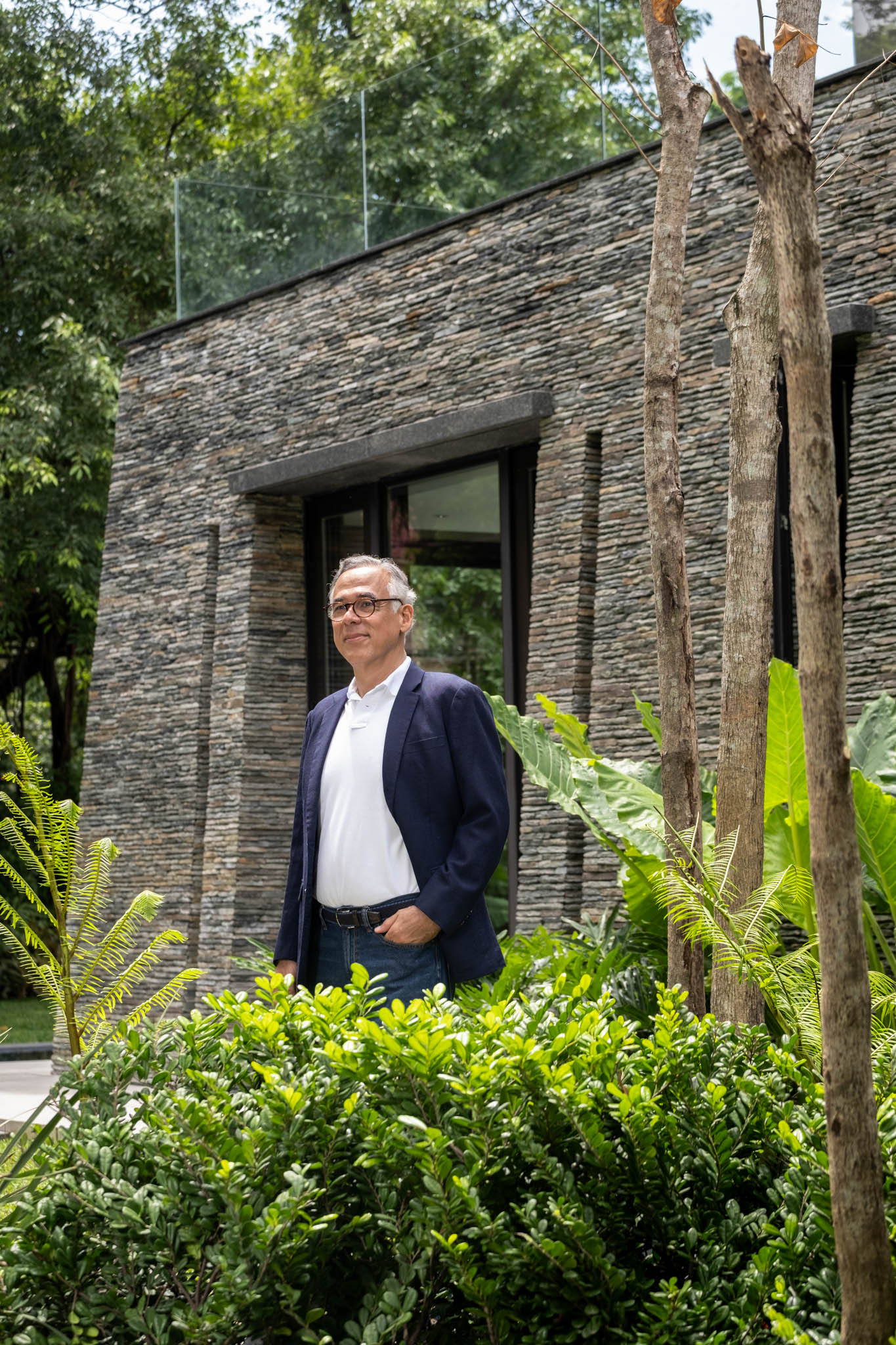
One should understand the wind flow, the path of light, cross ventilation, and passive cooling of the site to know how nature can assist and interplay with architecture. This analysis gives the architect an idea where and when to open up the house, and how its users can connect with nature. Opening up these spaces to nature help to cultivate spirit, chi, within the home environment.
Moreover, Miñana believes that Filipino Architecture should have indigenous qualities which he references from the past and collectively reinterprets in a contemporary manner in his work. He encourages our culture to be referenced to make our roots come alive and stay relevant in our everyday lives.

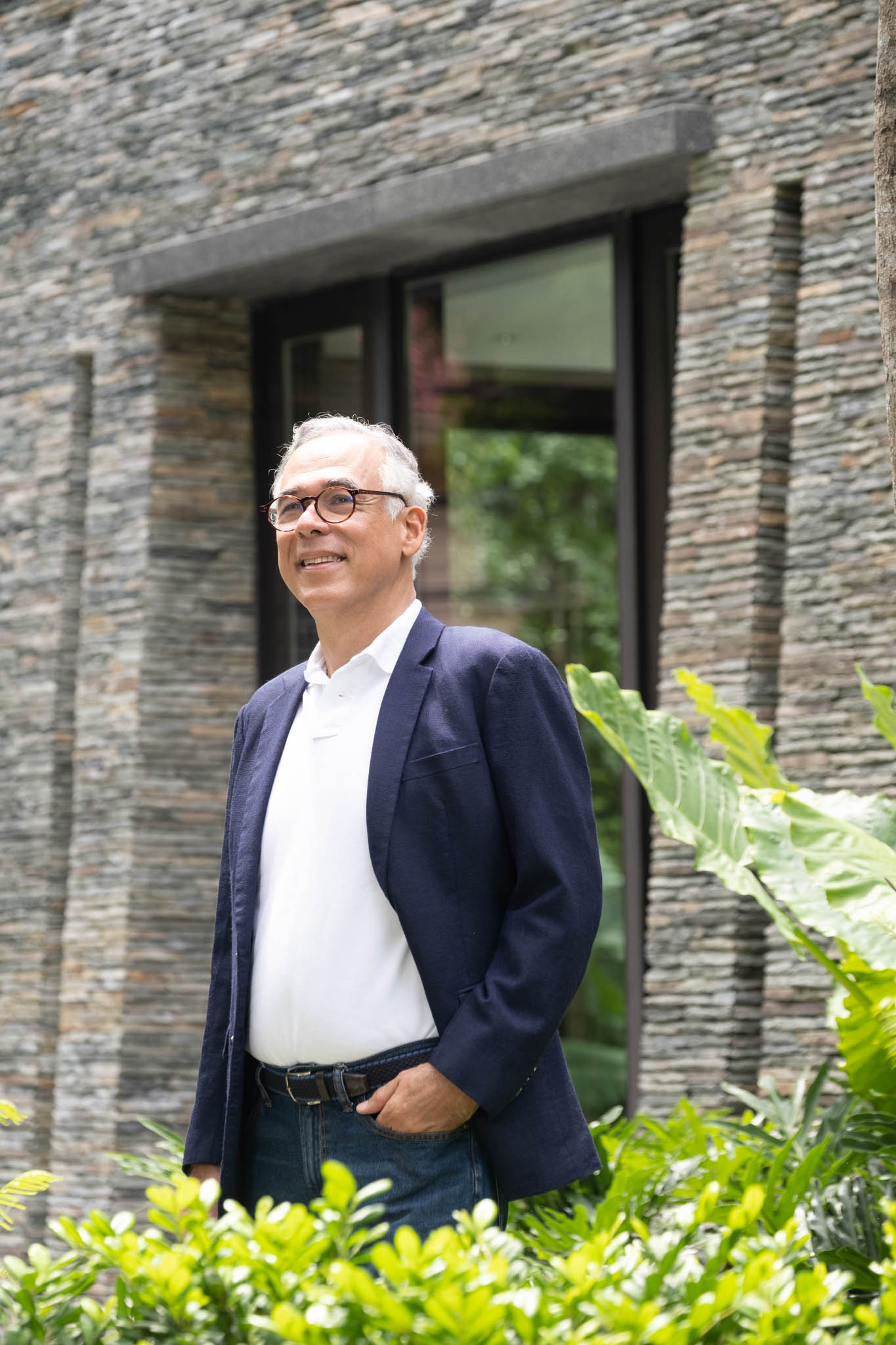
Respect for local crafts and artisanship is also vital in reimagining Philippine architecture. We should be championing our locally-produced materials to help open up opportunities for new material research as well as uphold and develop indigenous crafts locally and globally.
The third quality of Philippine Architecture for Miñana is that it is aspirational. He asks: “Who are we as Filipinos and what are our aspirations?” We aspire to establish our own identity and create architecture and design that is unique, that people can remember and associate as Filipino.
But what really makes an architecture memorable?
On Creating Remarkable Architecture
Over the years, Miñana has established his name in the industry with projects across the country and abroad. As a master of architectural poetry, it is hard not to recognize his outstanding designs. For an architecture to be unforgettable, Miñana explains it should have a sense of self, place, and being. “You know, this sense of BEING is a very conceptual phrase. Yet, it is really about a sense of identity. It knows what it is, it knows who it is, and it knows what it wants to become,” he expounds.

Ultimately, the character and voice of the architecture needs to be clear to be remarkable. According to Miñana, it should be able to present its intentions, be it to wow, invigorate, or nurture. Through architectural design and other design vehicles, placemakers can explore identity.
In addition, offering a unique point of view does make a structure memorable. Miñana’s works, for example, present something familiar and yet bring fresh perspective to what is Filipino through his architectural silhouettes, sunscreens, open verandas, patios, balconajes and use of local materials as stone and wood.
“It is important to have a clear, audible voice or point of view to help make architecture memorable,” Miñana points out. Innovation is a key driver in his work.



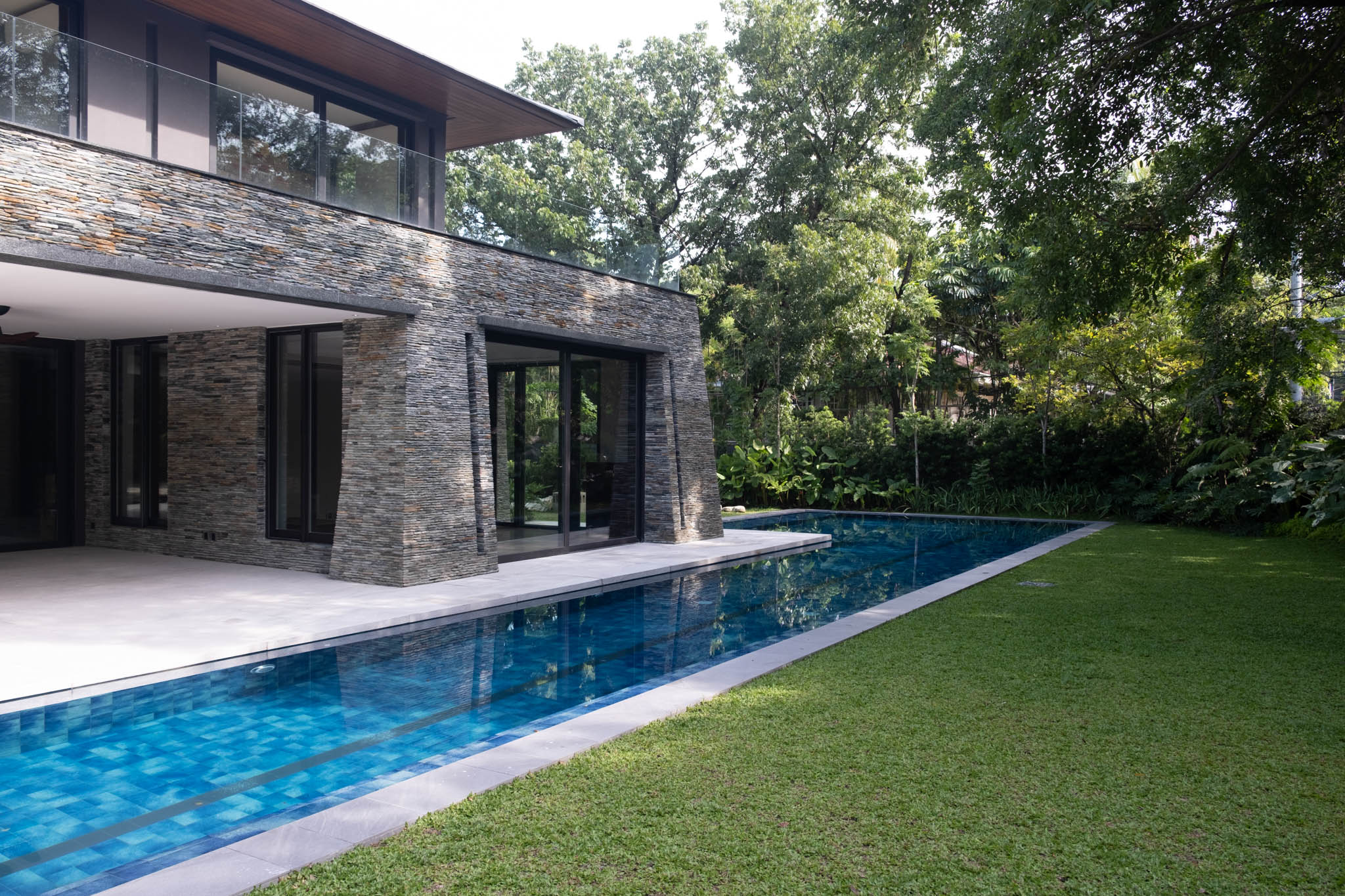
Minana’s projects transformed into masterpieces, depending on the client’s perspective, created architectural poetry with sensible planning. In one of his projects in Makati, Miñana shares how he created an elevated bridge with glass railing above a covered walkway on the ground floor. The cubist-inspired home looks modern yet timeless: two floating cubes or masses are linked by a suspended glass bridge held up by stone-cladded stilts below it.
In another residence, Miñana makes subtle reference to tribal village houses with tapered Mindoro stone-cladded stilts or legs. The rest of the home is modernist and linear, giving the facade organic character and architectural presence. The architectural massing is softened with lush gardens surrounded by fifteen tall Narra trees that help obscure the interior of the residence, providing its residents a measure of privacy.
Philippine Architecture Pioneering Sustainable Projects
Sustainability is more popular among new projects today. It has become a priority for both architects and clients. Miñana thinks Philippine Architecture can lead to more sustainable projects in the future by having respect for nature and our human ecology. Respect for climate change and the weather are essential factors when designing architecture for Filipinos. Houses in the country should not only look pleasing and beautiful, it should also be comfortable. As Miñana mentioned, architects should understand the natural environment and each project site to come up with architecture that has context and a sense of place.
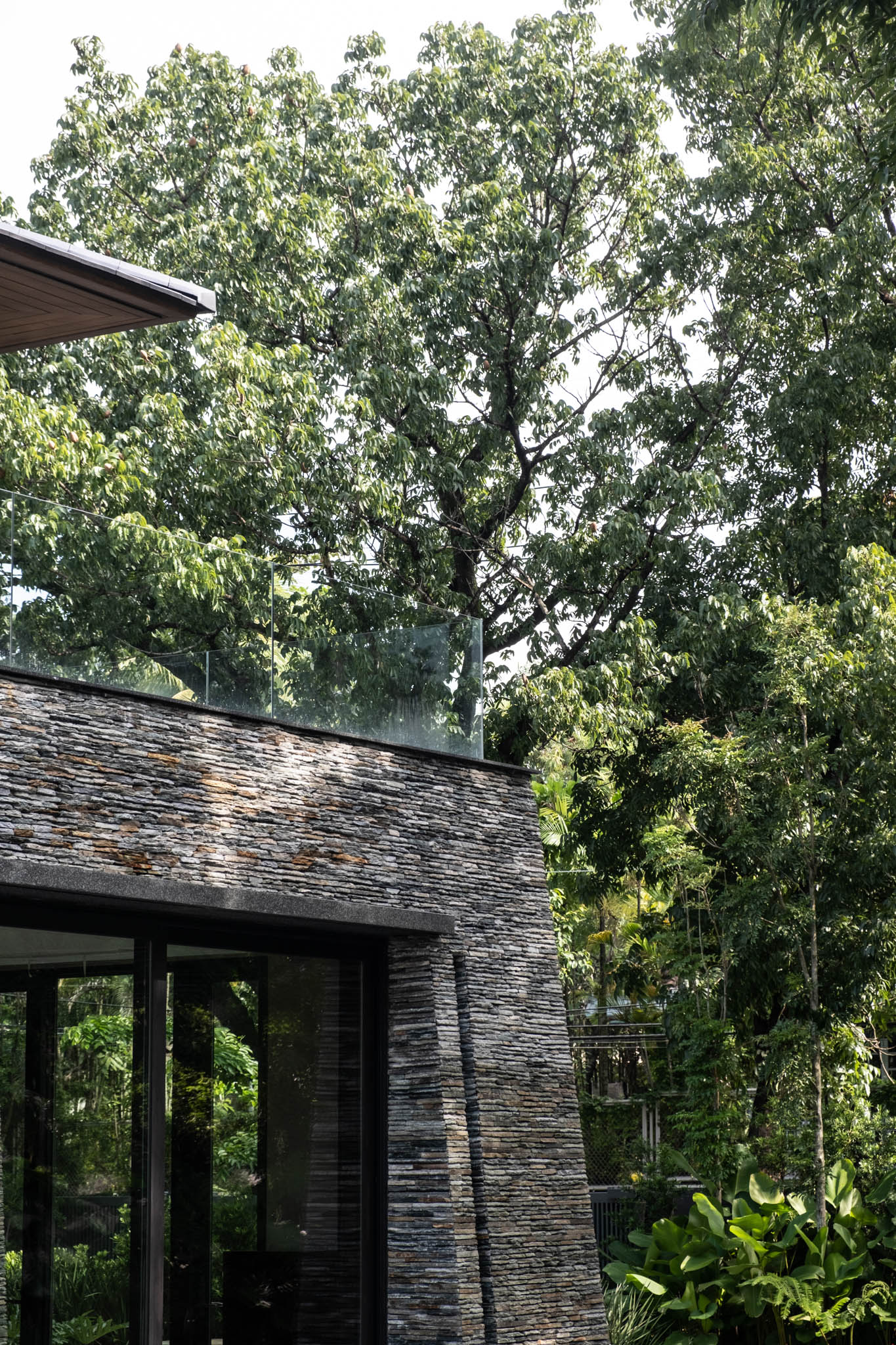
Additionally, sustainable practices and initiatives should address how we can coalesce to create architecture that is ethical, responsible, comfortable, and innovative. Miñana emphasizes that while nothing succeeds like comfort, the thoughtful use of technology and materials research can help reduce carbon footprint. The use of largely, locally-produced materials, solar panels on roofs, heat pumps, gas-fired water heaters, rainwater cisterns, cooling and heating inverters, among others, will certainly assist the reduction of carbon footprint.
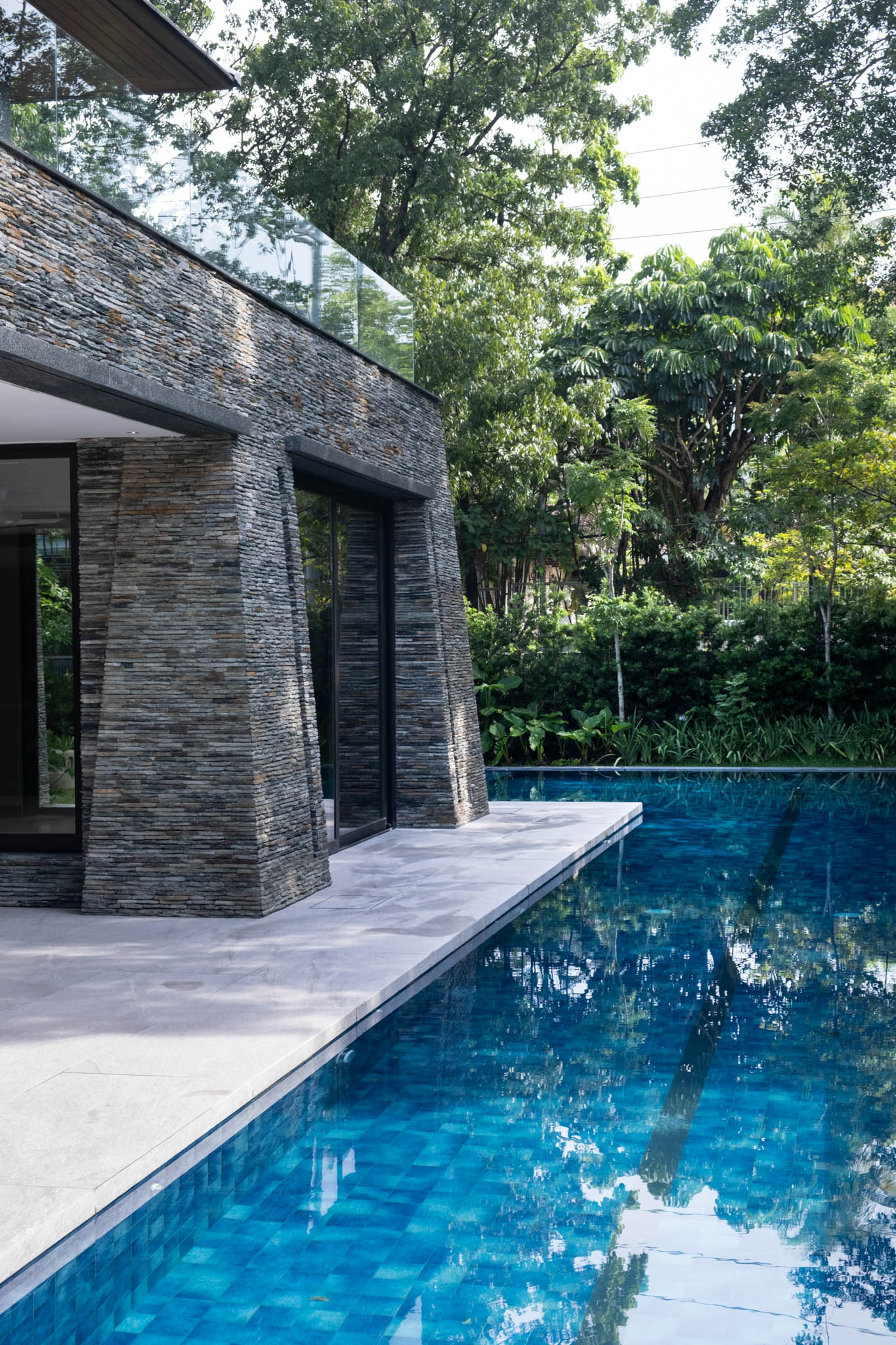
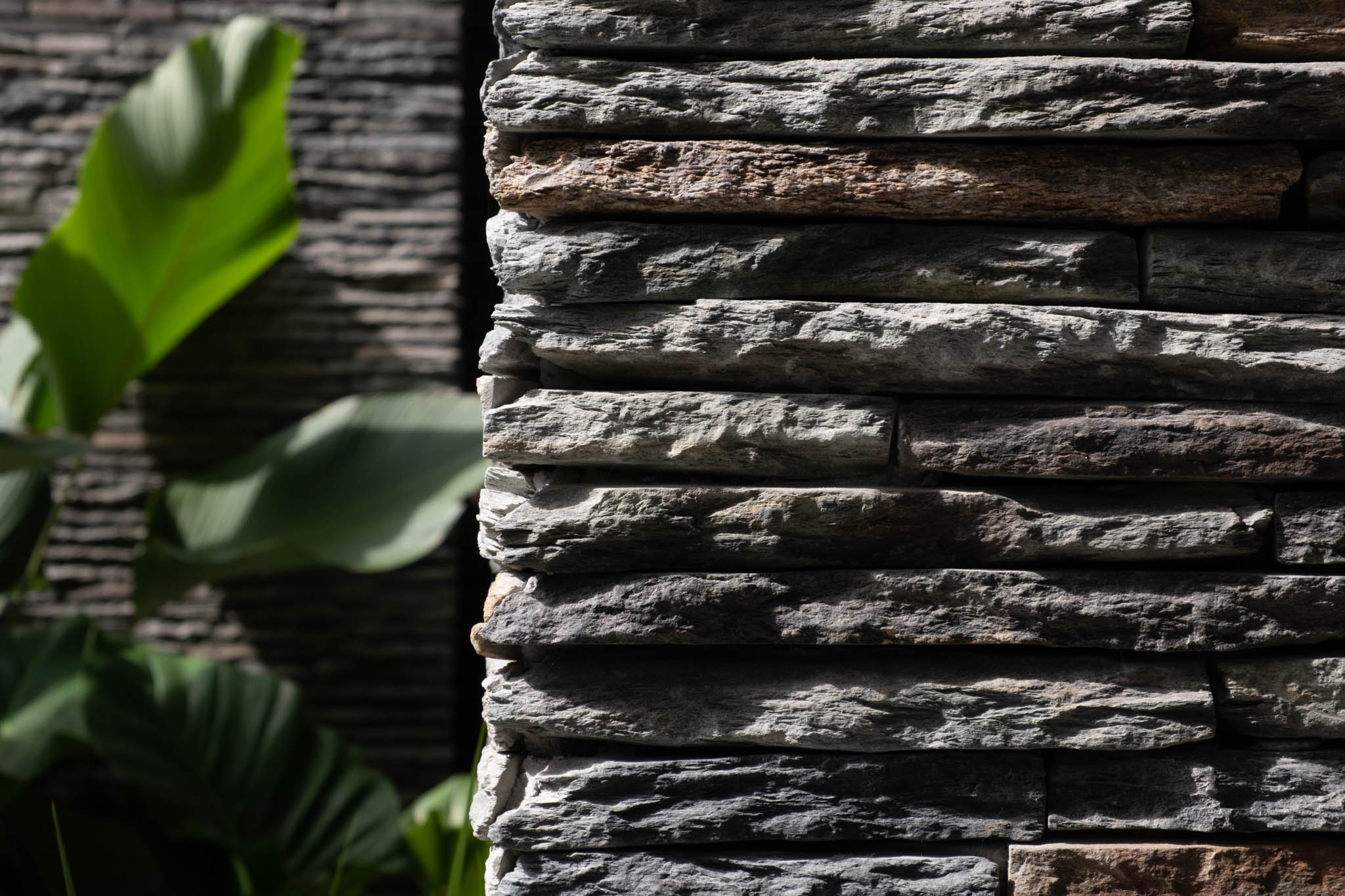
The architect does his best to merge materiality and technology to address sustainability. “Sustainability is design performance over time. Design performance is now also measured through practicality, utility, materiality, and relevance. Does the architecture we create help cultivate well-being and joy with the users of these spaces?”, Miñana explains. “How can we coalesce in architecture and design to help create happier, healthier human beings over time? How can architecture help to create real human comfort?
Manny Miñana has shown us how Philippine Architecture can integrate and uphold practicality and function, cultural identity, tropical design, innovation, indigenous materiality and sustainability. Miñana’s visions to continuously create a design narrative that is unique and beautiful, practical and suitable, comfortable and relevant for today’s contemporary homeowner.
The future looks bright for Filipino architecture.
RELATED READ: Reviving Tradition: Ramon Antonio on Designing Harmony Between Old and New


